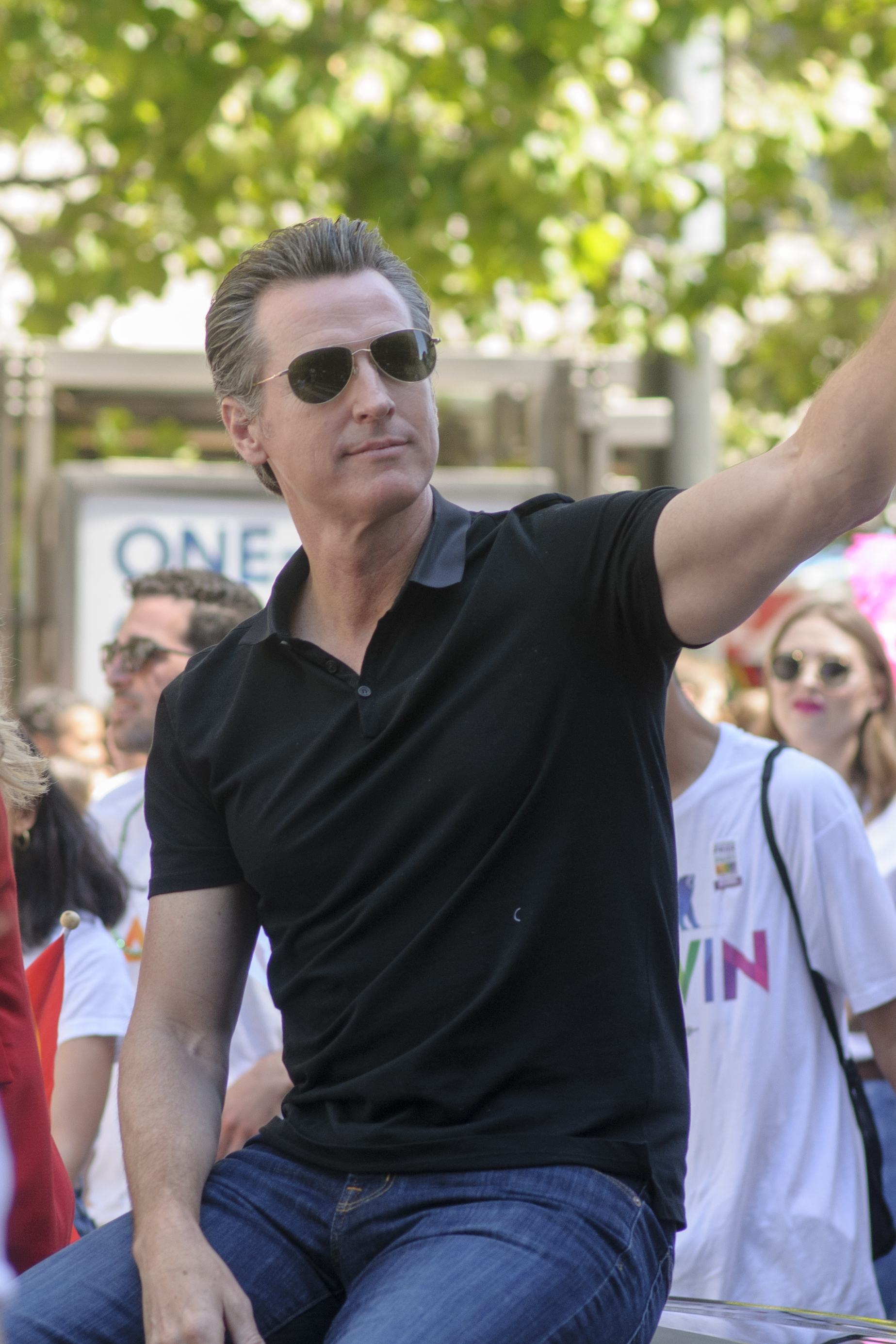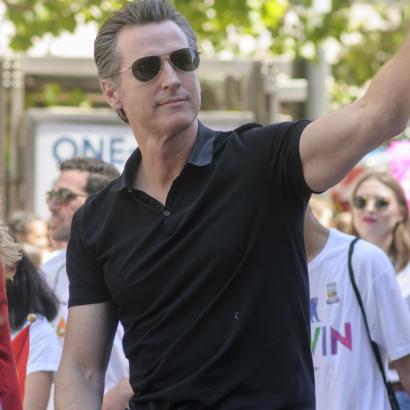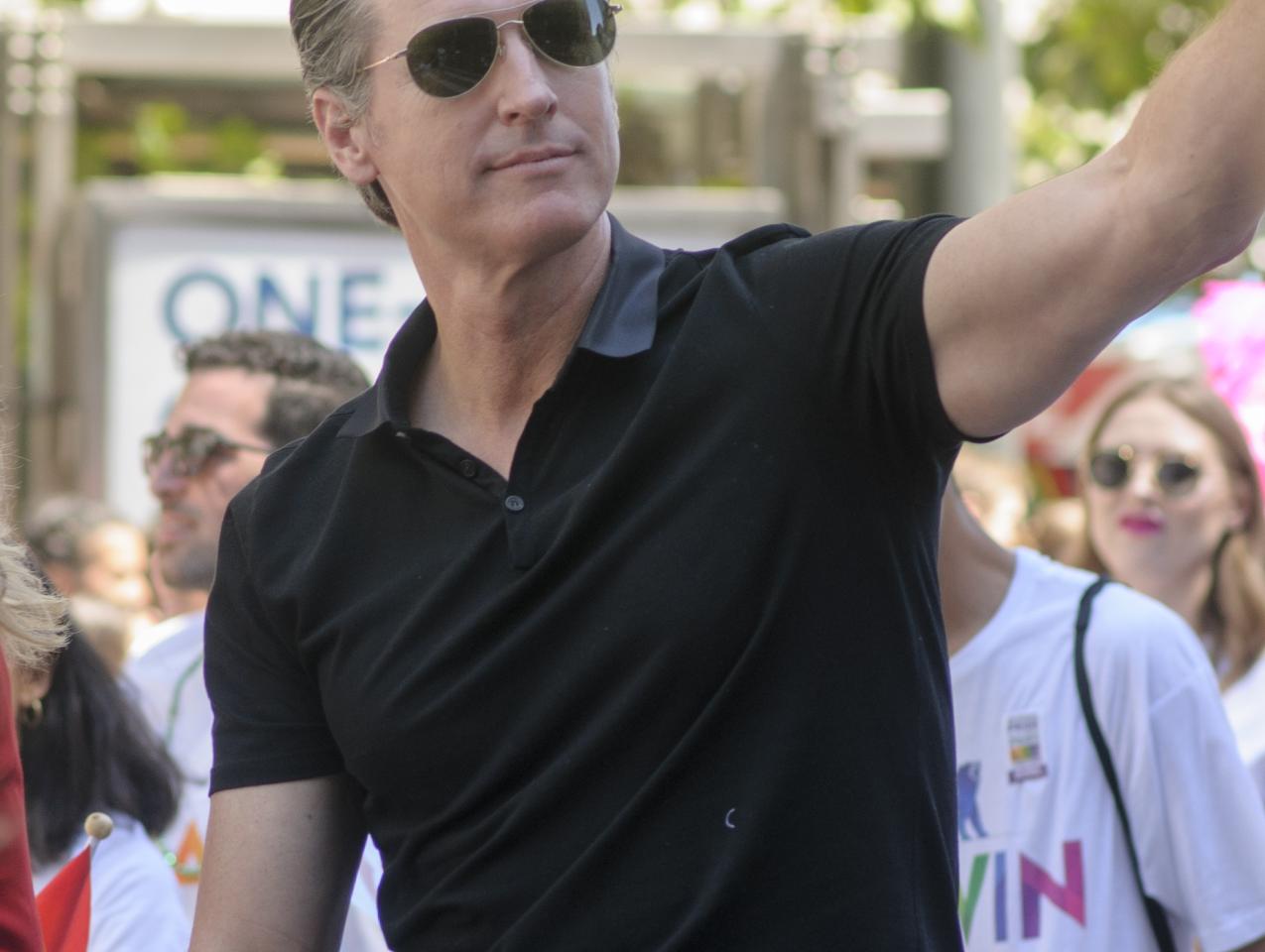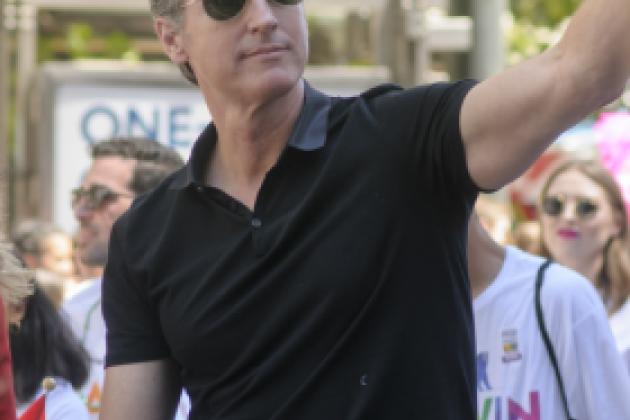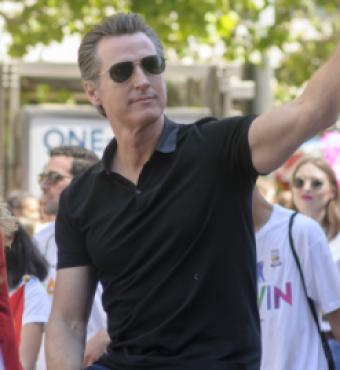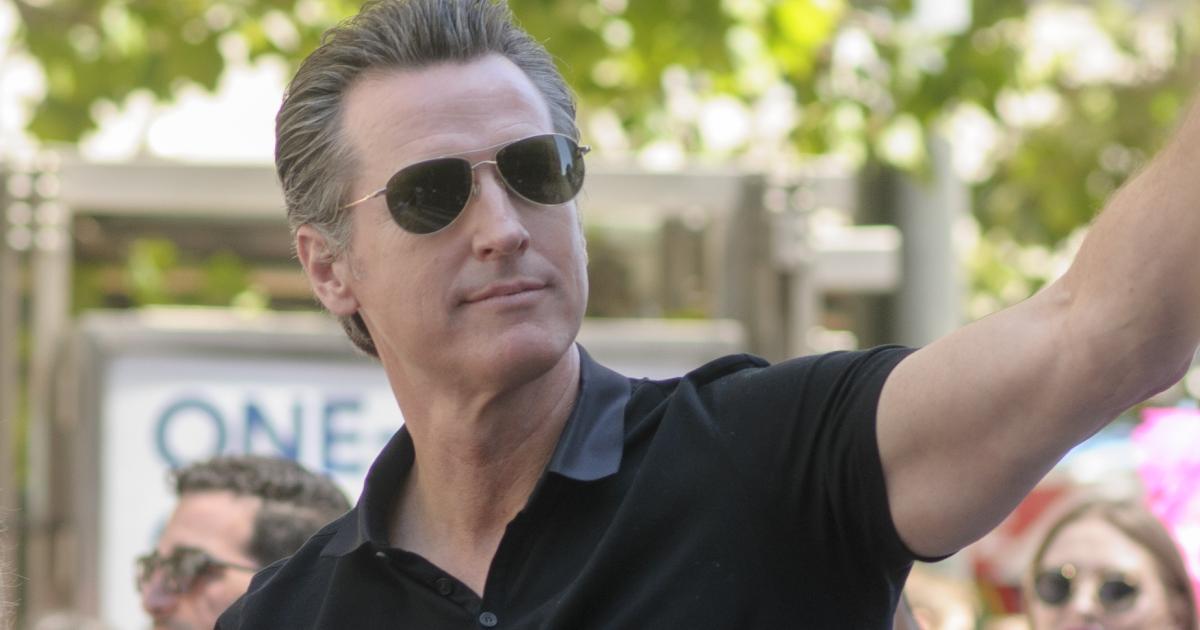- Politics, Institutions, and Public Opinion
- State & Local
- California
Back in June 2019, in this same space, I devoted an entire column to the prospect of a recall election to decide the fate of California governor Gavin Newsom.
I wasn’t very bullish on the idea. Money would have to be raised in a hurry—enough of it, at least, to gather enough voters’ signatures required to trigger a statewide vote at some point in the late summer or fall of 2021.
But I did leave some wiggle room as to the final outcome: “Let’s suppose a recall question was indeed placed on the ballot. Newsom’s fortunes would have to dramatically worsen in order for such a vote to have any real suspense.”
“Dramatically” is a subjective word. Still, it’s hard to deny that Newsom’s fortunes have gone anywhere but further south since that adverb was published back in June of last year.
That’s due in part to the Newsom administration’s ongoing incompetence—unless I’m mistaken and other state governments make it a habit of issuing tens of thousands of unemployment checks to prison inmates (one of those recipients being death row resident Scott Peterson).
Also greasing the skids: the governor’s misguided outing to a three-Michelin-star restaurant in Napa last month—a multicourse dinner at the famed French Laundry, resulting in Newsom having to eat copious amounts of crow and humble pie for his blatant hypocrisy (after begging Californians to avoid travel and indoor socializing, the governor did just the opposite) and lack of honesty (after claiming the dinner party was seated outdoors and therefore not breaking COVID-19 protocols, a photo snapped on the fateful night showed the governor sitting indoors, at a very packed table for 12, sans mask).
Are those disqualifiers—poor management of the day-to-day operations of the government in Sacramento, coupled with poor personal judgment—the equivalent of a hanging offense?
That’s a good question.
If one looks back at California’s 2003 recall election—the one that cost then governor Gray Davis his job and elevated Arnold Schwarzenegger to the role of “Governator”—three matters triggered Davis’s demise: a bad economy (a recession dating back over two years, to March 2001); rolling blackouts (the demand for electricity exceeding the grid’s supply, thus leaving about 1.5 million Californians in the dark, as it were); and an increase in the state’s vehicle license fee (VLF) that took voters by surprise (California motorists receiving notification of a tripling of the annual “car tax” shortly before the recall vote transpired).
How does that stack up versus what Newsom would have to defend in a 2021 recall?
A pandemic surge, coupled with business restrictions, portends a slowing economic recovery for the Golden State. As for Newsom administration incompetence, it’s not as egregious (another way of saying: in voters’ faces) as were the rolling blackouts and VLF surprise back in the Davis years. Then again, Davis wasn’t caught chowing down with fellow epicureans in the midst of a slow economy.
Here’s where the oust-Newsom movement stands as a brutal 2020 approaches an end. Nearly a month ago, recall activists won a 120-day court extension to continue gathering signatures. That means the anti-Newsom forces have until March 17 of next year to collect the approximately 1.5 million signatures required to trigger the recall vote (that number is based on 12% of the nearly 12.5 million votes cast in the 2018 governor’s race—signatures having to be obtained from at least five California counties). As a Democratic secretary of state is likely to disregard signatures that look shady, two million signatures is a more practical target for surviving the vetting process.
But who will pay for that undertaking? In 2003, it was then US representative Darrell Issa who came to the Davis recall drive’s rescue. Issa, for years of one Congress’s wealthiest members thanks to a fortune amassed via the manufacturing of vehicle antitheft devices, donated $1.7 million to the cause. (In the years since the 2003 recall election, Issa would go on to chair the powerful House Oversight and Government Reform Committee, resign from Congress in 2018, then earn a return trip to Washington after prevailing last month in a different seat—California’s 50th Congressional District.)
Yet another question: should the recall move forward, who populates the ballot as alternatives to the incumbent (California recall elections are a concurrent vote: one, a yes-no question on whether to recall the governor; the other, the choice of a replacement)?
In 2003, a total 135 candidates were on the ballot as replacement candidates. Some weren’t serious—the late actor Gary Coleman, porn starlet Mary Carey (her platform included taxing breast implants and making lap dances a tax-deductible business expense), plus the notoriously self-promoting Arianna Huffington (mired in single digits, she quit the race a week before the vote).
What’s worth remembering from that election: two Republicans (Schwarzenegger and then state senator Tom McClintock) amassed nearly 62% of the replacement candidate vote (Arnold leading the pack with nearly 48.5%). And one prominent Democrat—then lieutenant governor Cruz Bustamante—had the nerve to defy a sitting Democratic governor and run as an alternative to the incumbent (Bustamante finished a distant second to Arnold with nearly 31.5% of the share).
Assuming there were to be a 2021 recall election, could two Republicans—neither with Schwarzenegger’s charm, name identification, and considerably deep pockets—take three-fifths of the replacement vote, much less one getting a decisive plurality?
Now, a scary thought.
Let’s say two or more Republicans dilute the right-of-of-center share of the recall electorate. Given that the GOP presence in California at present is not what it was 17 years ago—the electorate is 24.2% Republican today versus 35% back in 2003—any candidate would be hard pressed to achieve the same total as Schwarzenegger without a considerable chunk of the “No Party Preference” (NPP) turnout.
Add to this scenario: no prominent Democrat challenging Newsom’s rule (unless someone’s feelings are hurt if they’re not named as Kamala Harris’s Senate successor), but the field including a wealthy businessman targeting California’s considerable NPP vote (24% at present) plus one progressive firebrand not only running as the keeper of the Democratic flame but promising to take the Golden State even further to the left in what brief time he or she would have as governor (under state law, the recall winner would serve only the remainder of the ousted governor’s term—in Newsom’s case, through the end of 2022).
In such a scenario, recall activists would “win” by ousting Newsom, but also “lose” by ushering in a replacement governor even more extreme than Newsom, by far the most progressive governor in California’s history.
Laugh if you like, but these are uncertain times in California. A socially restricted public’s nerves are frayed; voters aren’t suffering fools gladly (which might be one explanation as to why California voters last month rejected a ballot measure that foolishly sought to raise property taxes).
Is there pent-up anger to be channeled? At last report, some 1.5 million individuals had visited Change.org to sign an petition demanding the removal of the actress Amber Heard from the production of Aquaman 2.
Her alleged crime: trying to undermine the career of her ex-husband, Johnny Depp.
Imagine what would happen if they caught her dining at the French Laundry.







